Home > Climate News >
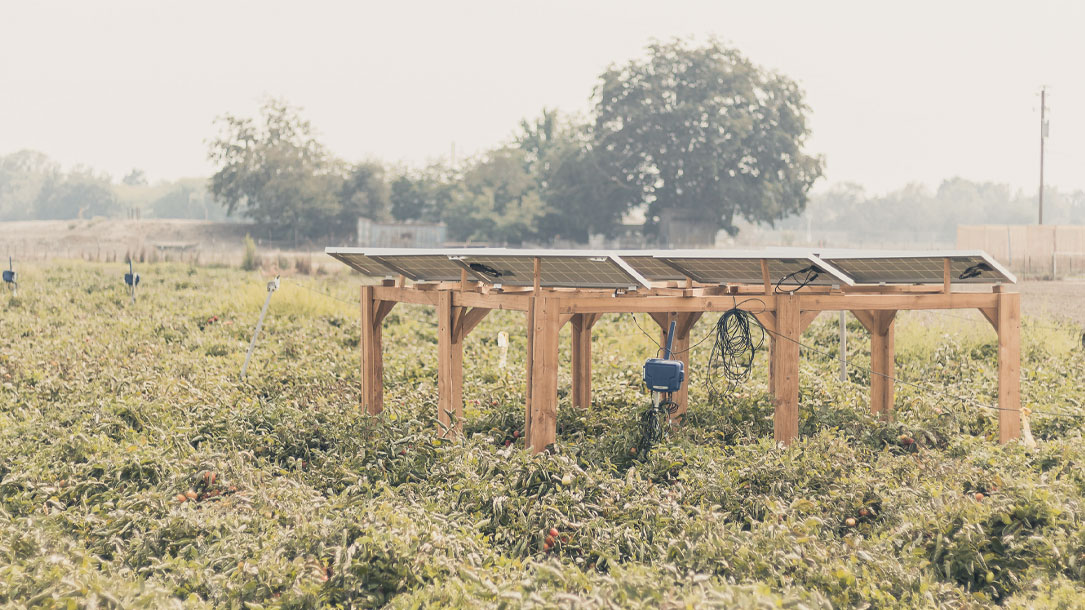
Feed people; power economies; foster peace with agrivoltaics
“Amidst the noise, haste, and chaos of modern life there are more positive developments for humanity than one might think. Everyone focuses on the disasters of the climate crisis, and while those do motivate our daily work, we also feel it’s important to highlight the hopeful – the very real innovations pushing our clean energy movement forward…”
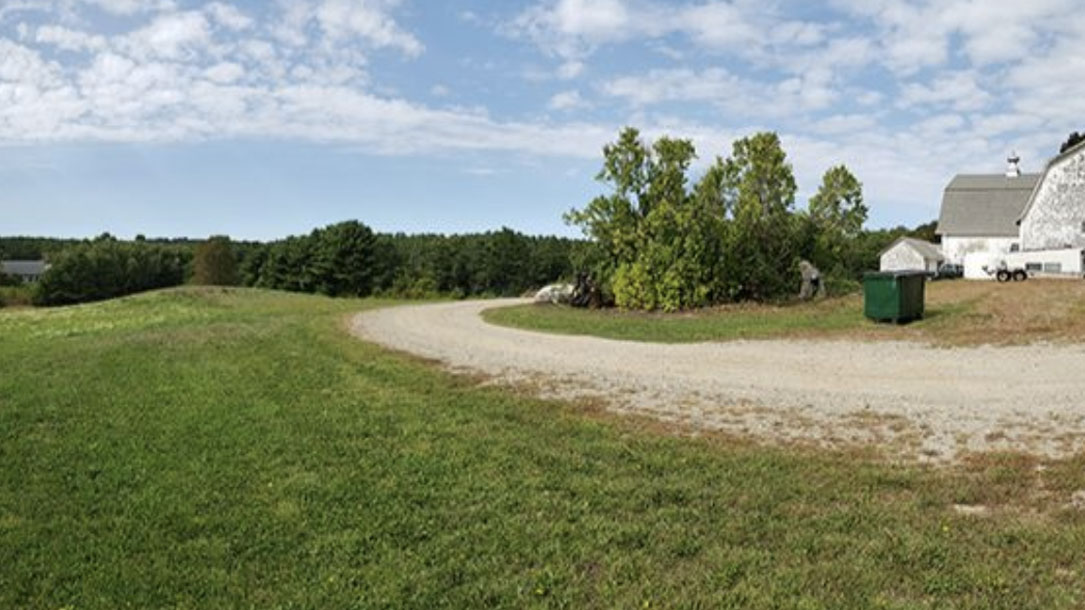
Land trust installs their own solar project
Coastal Rivers is working toward a goal of achieving carbon neutrality within the next five years. A major step toward this goal was to install energy-efficient heat pumps to heat and cool the renovated Denny Conservation & Education Center at Round Top Farm. The next step is to power those heat pumps — and the bulk of our electrical needs overall — with solar-generated energy.
We have a prime site for a solar installation at Round Top Farm in the southwest field below the large dirt parking lot by Darrows Barn. The slope aspect is ideal, and the topography limits visual impacts. We also have three-phase power to the site already, which will reduce construction costs…
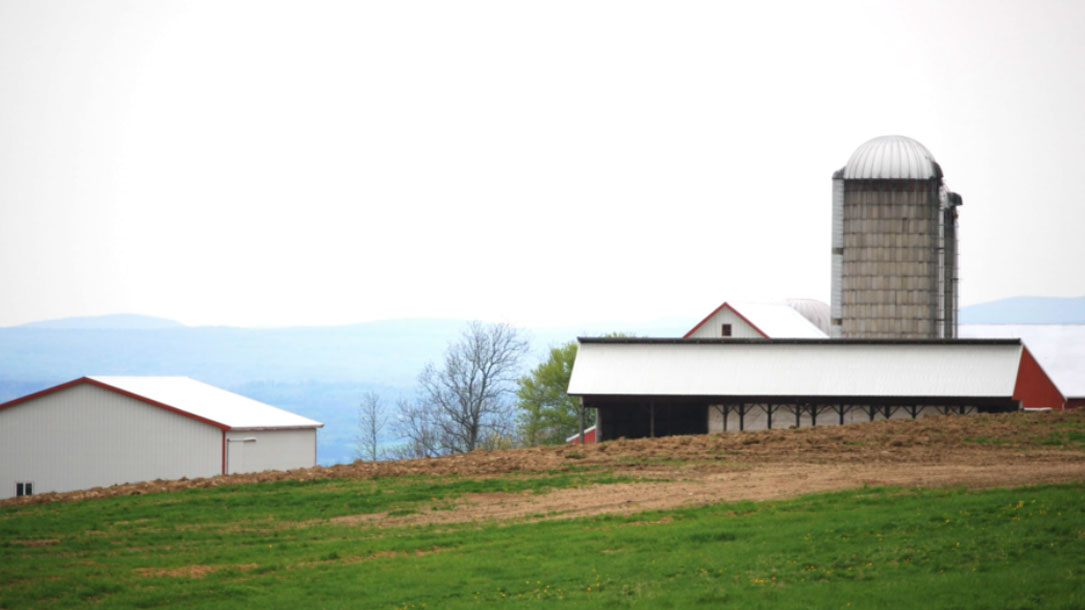
SunCommon financing program helps Vermont organic farmers go solar
SunCommon, headquartered in Waterbury, Vermont, launched a program that offers to help Organic Valley farmers go solar with zero upfront costs. Organic Valley is the largest farmer-owned organic cooperative in the US with a footprint of 100+ Vermont farms. The program provides Organic Valley farmer-members with financing for solar and other renewable energy projects. Farmers benefit from a fully-funded solar installation with no upfront costs, and they save on their energy bill…
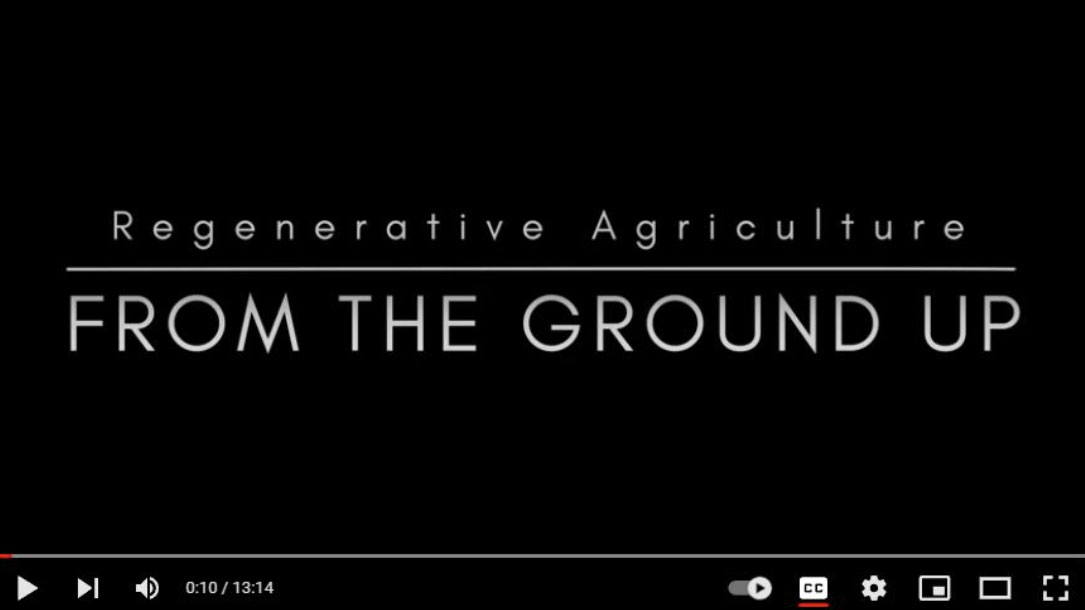
From the Ground Up
Farming with nature, and using rotational grazing and regenerative practices, makes a considerable impact on the landscapes of the farms featured in this film.
Inspired by Charles Massy’s best-selling book, “Call of the Reed Warbler,” filmmaker Amy Browne set out across the dry farming country of South East NSW [Australia] to meet Massy and the other trailblazing farmers bringing new life to their land…

The extent of soil loss across the US Corn Belt
“Soil erosion in agricultural landscapes reduces crop yields, leads to loss of ecosystem services, and influences the global carbon cycle. Despite decades of soil erosion research, the magnitude of historical soil loss remains poorly quantified across large agricultural regions because preagricultural soil data are rare, and it is challenging to extrapolate local-scale erosion observations across time and space…”
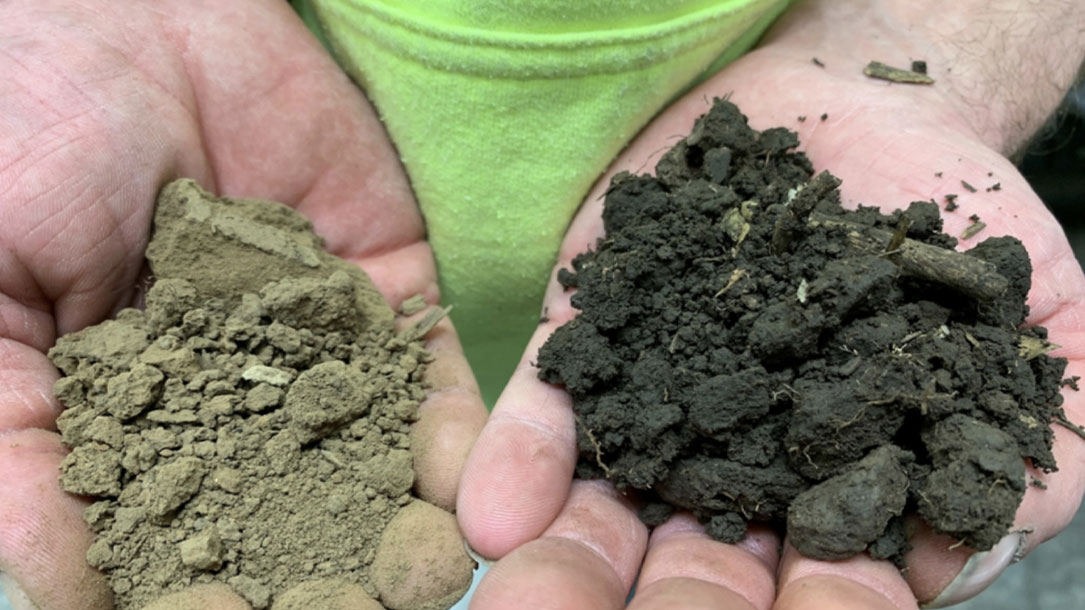
The corn belt is losing topsoil, increasing carbon emissions, and lowering yields
Scientists have found that around 35 percent of the region has lost its most fertile A-horizon soil, more commonly known as topsoil, since European colonization in the 1600s, resulting in estimated annual economic losses of around $2.8 billion and a 6 percent reduction in crop yields per year. Their findings are published in the Proceedings of the National Academy of Sciences….
“A third of the Midwest is currently losing 50 percent of its fertilizer,” Bruno Basso, a professor at Michigan State University, who was not involved in the study, said…
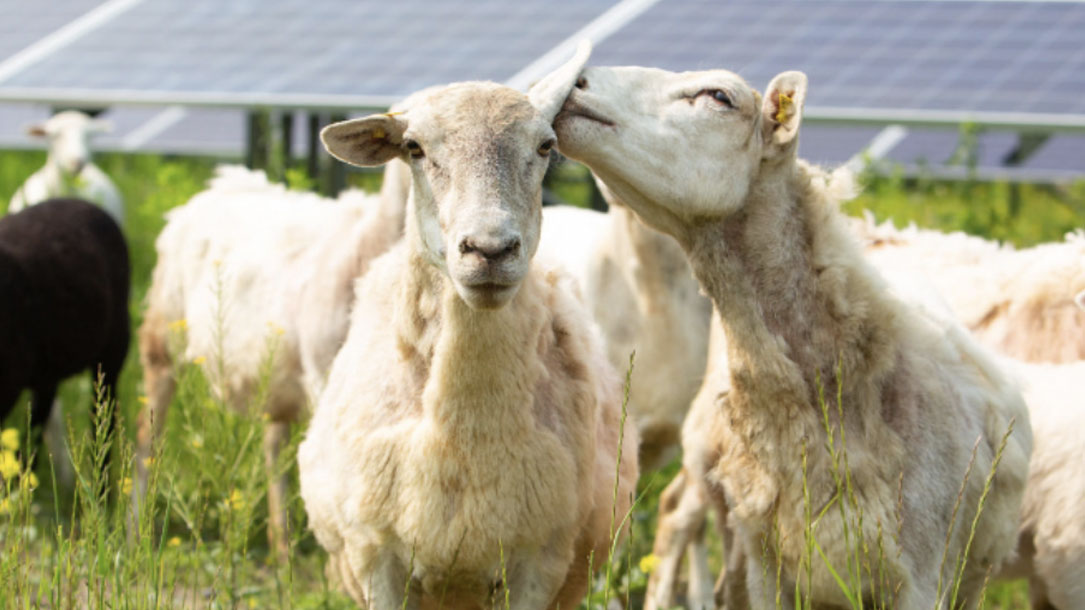
Organization to know: The American Solar Grazing Assoication
Want to Get Involved With Solar Grazing?
Well you’ve come to the right place. The American Solar Grazing Association (ASGA) was founded to promote grazing sheep on solar installations.
ASGA members are developing best practices that support shepherds and solar developers to both effectively manage solar installations and create new agribusiness profits.
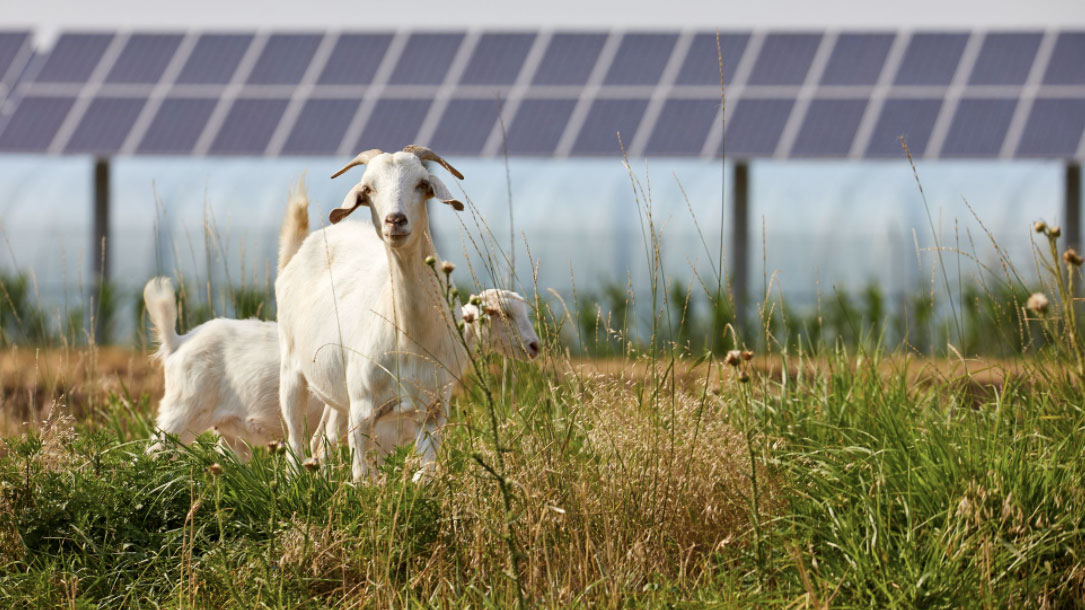
The Nature Conservancy tool helps identify ideal solar farm sites in Georgia
They compared that information to maps of critical habitat, protected lands, and prime farmland. And they put their results into a free online tool.
It allows developers, natural resource agencies, and others to identify low-impact locations for new solar farms. And Gutierrez says the tool finds plenty of them…
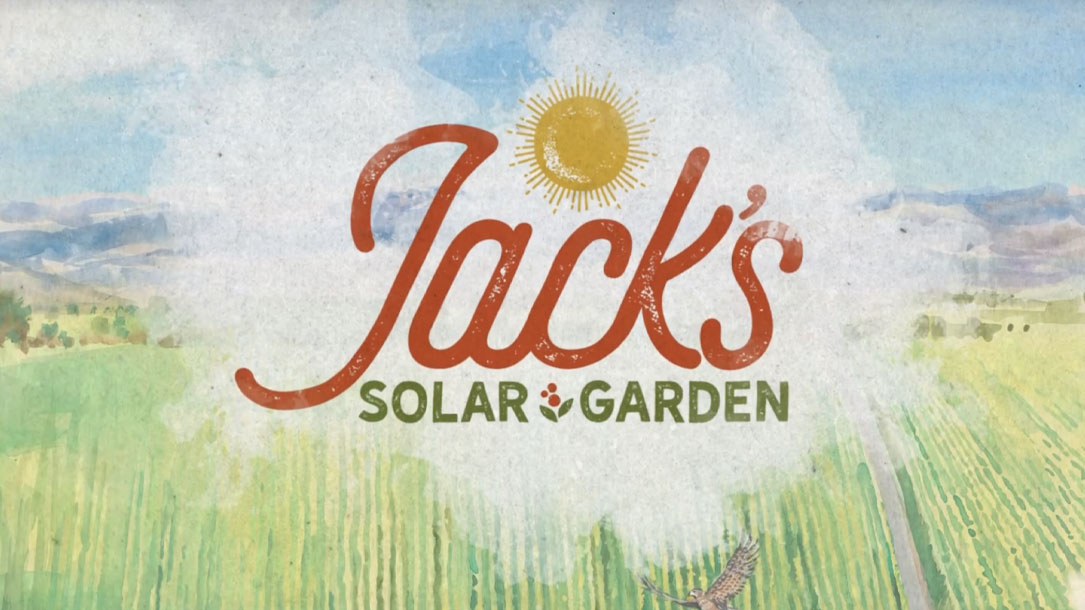
Jack’s Solar Garden is nationally significant
Agrivoltaics is the co-location of solar power and agricultural production. It is not a new idea, but is not in widespread use. Jack’s Solar Garden is the largest commercially active agrivoltaics system researching a variety of crop and vegetation growth under solar panels not just in Colorado, but in the US!
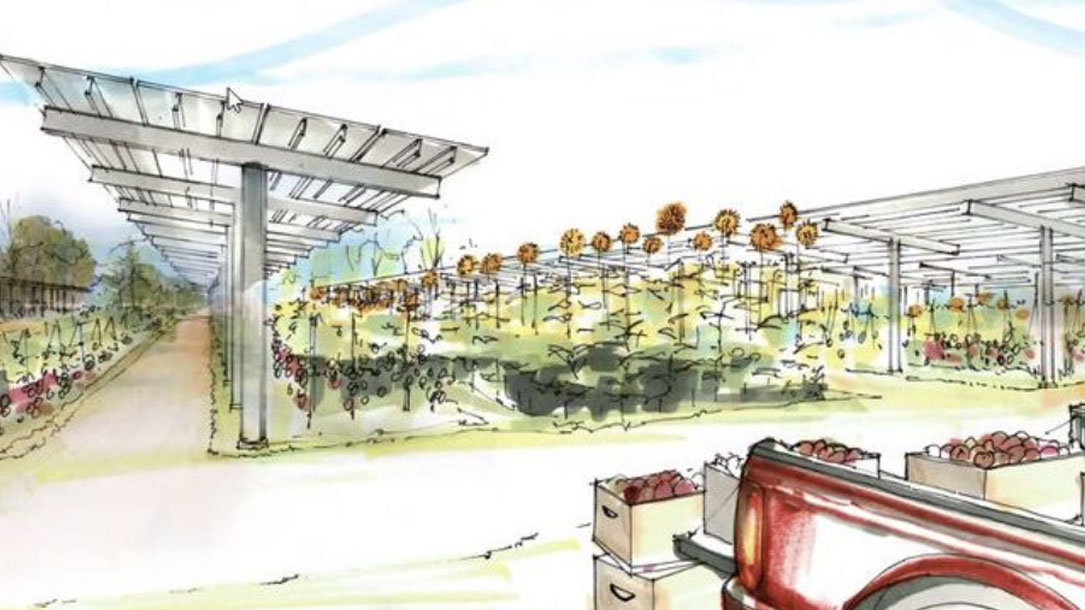
Phillipsburg: Revolutionary solar energy plan for panels over farmland
Phoebus Fund LLC, based in Williamstown, Gloucester County, is proposing the installation of 22 megawatts of solar power on farmland along the 1700 block of Belvidere Road in Lopatcong Township.
The proposal is unique in that the panels are installed 15 to 17 feet above the ground so that most of the land can still be farmed, according to Andrew Kennedy, partner with the Phoebus Fund. It’s a concept known as agrivoltaics that has been used in Italy, Germany, Japan, and Arizona, he said.
“We can grow almost anything under these plates,” said Kennedy. “In addition, our equipment serves as the foundation for irrigation and other types of agricultural equipment so that the farm can not only continue to operate but even improve over time”…












